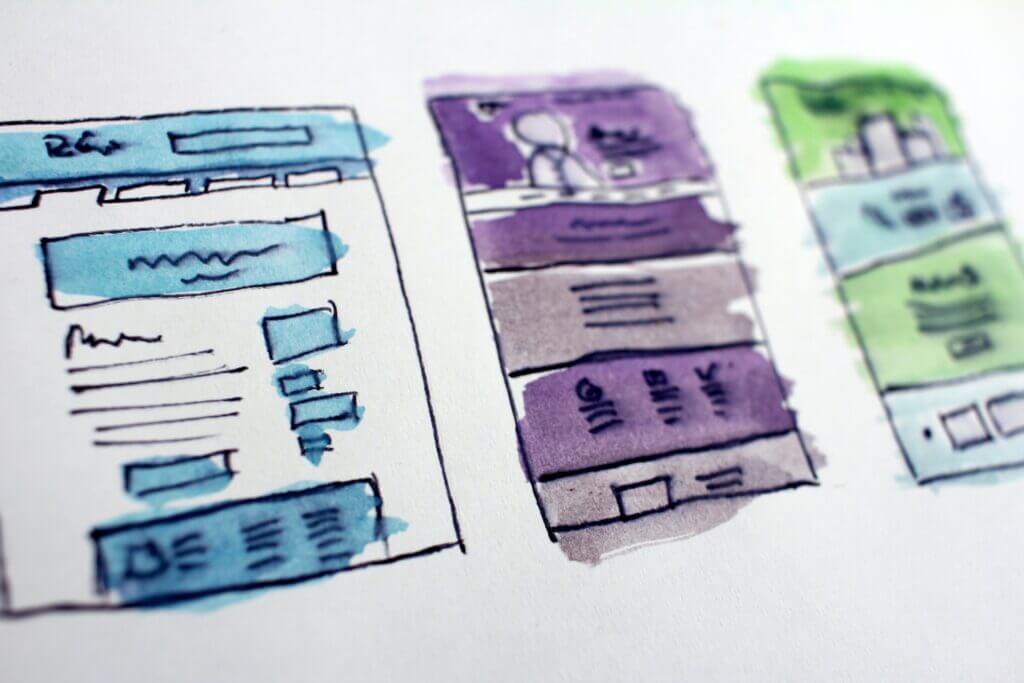Employee Experience as the New Customer Experience
Here we explain how Employee Experience (EX) drives Customer Experience and list best practices for ensuring an excellent EX.
In the wake of the Big Quit, we are witnessing a significant shift in power when recruiting and retaining staff, with employees taking stock of their career goals and deciding to switch jobs.
This trend has put a significant dent in customer experience. Longer wait times and less personalized service have led to a less-than-stellar CX, resulting in customer drop-offs.
And what just a few years ago was low on the priority list, C-suites are now placing EX at the same importance level as CX.
What is Employee Experience (EX)?
Employee Experience is an employee’s overall perception of their employer based on their interactions with the company throughout the 5 Employee Lifecycle Stages: recruitment, onboarding, development, retention, and exit.
EX includes everything from the work environment to the benefits offered and the level of support and training management provides.
The connection between Customer Experience and Employee Experience
Employee Experience impacts the Customer Experience in three ways:

Employees manifest their (dis)satisfaction in the work and interactions with customers
We are all human, after all. When feeling stressed out, it is reflected in our actions and words. Unhappy employees will manifest their disengagement in their work and interactions with customers.
Let’s face it ‒ there are bound to be some disgruntled customers. It’s the employee’s job to stay positive and professional, even with demanding or impatient customers.
When stressed out, overworked, or feeling undervalued, even a single misused word could be the last drop in a cup full of negative emotions. This mood will then get transferred onto the next customers, eventually souring the Customer Experience with the brand altogether with the Employee Experience.
On the other hand, happy employees are more likely to go above and beyond to help a customer. When feeling valued by the managers and satisfied with their job, a negative experience won’t dampen their spirits. Just like a little hiccup in an otherwise smooth ride, employees will continue to be engaged, motivated, and committed to their work.
Happy employees that stay with you longer are more knowledgeable than newbies
A company is only as strong as its team, and a team is only as loyal as its employer. When you give great EX to your employees, they will stay with the company longer. You’ll have a team that’s experienced and knowledgeable, who knows your products and services inside out, can finish tasks quicker, and has a deep understanding of the company’s operations. Their efficiency and expertise will naturally translate to the standard of CX that your customers experience.
Satisfied employees spread positive word of mouth
Customers want to do business with brands that take a public stand on social values and positive employee experience.
Your employees could be your biggest brand ambassadors ‒ or your biggest enemy. A disgruntled (ex) employee damaging your good reputation on social media can do severe damage. Be sure to take care of your people, and they’ll take care of your brand.
Some quick stats:
70% of consumers think businesses should address social and political issues publicly;
77% of consumers believe employees have a responsibility to speak up when their company makes decisions that go against the stated values;
51% of consumers think social media is the best platform for employees to express these concerns.
(Sprout Social)
Employee Experience Best Practices
The hard truth is that Millennials and Gen Z are least likely to stay at their jobs. To retain your employees, you must offer more than just a ‘good enough’ workplace. Here are the four best practices for delivering an excellent Employee Experience.
Opportunities for growth foster a sense of loyalty

Investing in employee training and development is a win-win situation for both employees and the company. Companies can stay competitive by having a highly skilled staff knowledgeable about recent trends and technologies.
On the other hand, learning new skills and having a clear career path heavily influence employee job satisfaction. The 2018 Workplace Learning Report by LinkedIn revealed that 94% of employees would stay with a company longer if the company made efforts to enhance their professional growth.
A more recent Gallup survey reveals that career growth opportunities are among the most significant factors in retaining employees. The survey found that 57% of American employees wish to improve their skills, and 65% consider employer-provided upskilling essential when considering a potential new job. On the flip side, 48% would switch jobs if offered skill training elsewhere.
Flexibility for productivity
Employers who embrace flexibility are more likely to retain top talent, attract employees from a wider variety of backgrounds, create a positive and supportive work environment ‒ and ultimately achieve greater success.
Research has consistently shown that employees who feel valued and appreciated are more likely to be engaged and committed to their organization. Embracing flexibility means recognizing that different employees respond differently to various incentives and perks.
For example, some employees may prefer flexible working hours or remote work, while others might favor taking vacation leave in smaller chunks instead of a full two weeks.
In addition to improving employee retention and productivity, flexibility can contribute to a more diverse and inclusive workplace. Employers can attract and retain workers from a wider variety of backgrounds and experiences by providing a range of options for working arrangements.

Micromanagement is the bane
Micromanagement is the bane of productivity in any workplace. Not only does it create a toxic work environment, but it can also drive away your most talented employees. When employees feel that they are not trusted or respected, it can lead to tension and conflict in the workplace. This can create a toxic environment where employees are unhappy to come to work and may result in high turnover rates.
Instead, practice a management style focused on results rather than the process.
Employee experience suffers from outdated applications
The trend toward consumerization of IT ‒ where employees expect their work technology to be as good as their personal one ‒ has only accelerated over the past year. Employee Experience suffers from clunky, old software. It slows everything down and makes employees waste time on repetitive, low-value tasks instead of focusing on what matters. Younger employees, in particular, want to work for companies with modern systems to support an engaged and energized workforce.
With so many people working from home, employees rely more on technology to help them do their jobs. And if that technology is inefficient, remote work can become challenging.
The Conclusion
As we emerge from the Great Resignation and navigate a new era of work, one thing is clear: Customer Experience is only as good as the Employee Experience.
From offering flexible schedules to investing in cutting-edge technology, there are countless ways that businesses can prioritize EX and reap the rewards of a happier, more productive workforce.
By investing in EX, companies can attract and retain top talent, inspire their employees, and create a positive work environment that translates into an exceptional customer experience.

STRATEGY GUIDE
6 Simple Strategies To Improve Customer Retention
Actionable insights and proven techniques to keep your customers coming back.
































